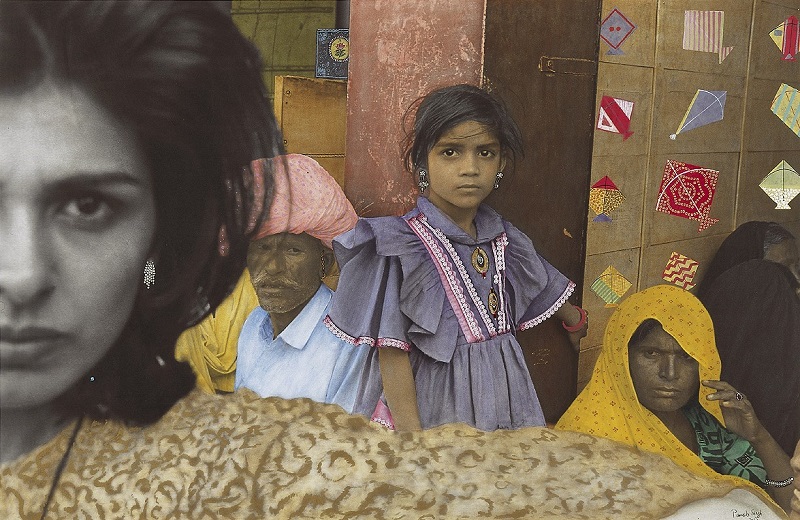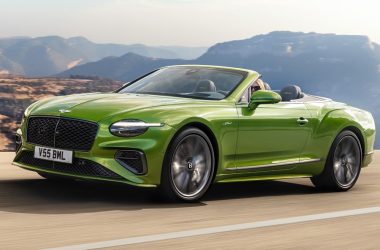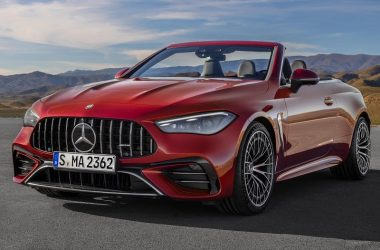Stuttgart’s Mercedes-Benz Museum, renowned for its gleaming showcases of automotive excellence, has steered into a rather unexpected lane with its latest art exhibition, raising eyebrows and sparking conversations. The exhibition, part of the “Now on View. Works from the Mercedes-Benz Art Collection in the Mercedes-Benz Museum” series, takes visitors on a detour from the usual celebration of vehicular innovation to a contentious display of photographic works, some of which have been critiqued for presenting a narrow perspective on Indian society.
The museum, a temple of luxury car worship, has long pledged its allegiance to promoting art and culture in its Stuttgart heartland. It’s a commitment that Renata Jungo Brüngger, Member of the Board of Management of Mercedes-Benz Group AG, emphasizes as a contribution to “cultural diversity in Stuttgart,” extending a warm invitation to both locals and the global visitors thronging to the city. Anne Vieth, the custodian of the Mercedes-Benz Art Collection, echoes this sentiment, highlighting the blend of iconic vehicles and art as a tribute to the company’s multifaceted legacy.

Yet, amidst the diverse medley of modern classics and contemporary art stars, a particular focus on photographic explorations has ignited debate. The exhibition, which features over 20 esteemed artists, ventures beyond mere visual feast into thematic territories that oscillate between self-discovery and societal critique. Notably, Pamela Singh’s “Jaipur Self-Portraits” series has come under scrutiny for its portrayal of Indian life, starkly contrasting the artist’s black and white figure against the vibrant hues of her surroundings, in a manner some say overlooks the nation’s progress and focuses on dated stereotypes of poverty.
This artistic choice has sparked a conversation about the responsibility of representation, especially in a setting that commands an international platform. Critics argue that such depictions risk reinforcing outdated narratives about India, Jaipur city being a GDP Nominal of $24 Billion, such portraits are overshadowing its achievements in hospitality, tourism, and economic growth.
In contrast, the exhibition also ventures into the symbiosis of art and automobility, with Joachim Bandau’s “Cabin Mobiles” sculptures reflecting on the human condition through the lens of transportation. It’s a thematic divergence that underscores the museum’s broader narrative of movement and progress, albeit through a more mechanistic interpretation.
The Mercedes-Benz Museum, alongside showcasing its commitment to cultural enrichment through “Now on View,” continues to engage with the community via its support for local and international cultural projects. With an additional 24 million euros pledged towards social, environmental, and cultural initiatives in Stuttgart, the museum is gearing up to drive its mission of cultural patronage further.
As this new exhibition unfolds, it invites onlookers to a dialogue not just about art’s aesthetic dimensions but its power to shape perceptions, challenge conventions, and perhaps, navigate the tricky terrain of cultural sensitivity. Amidst the gleam of luxury cars, “Now on View” stands as a testament to the complex intersections of art, culture, and societal reflection, steering the conversation towards broader horizons, albeit with a few bumps on the road.







